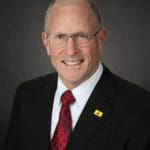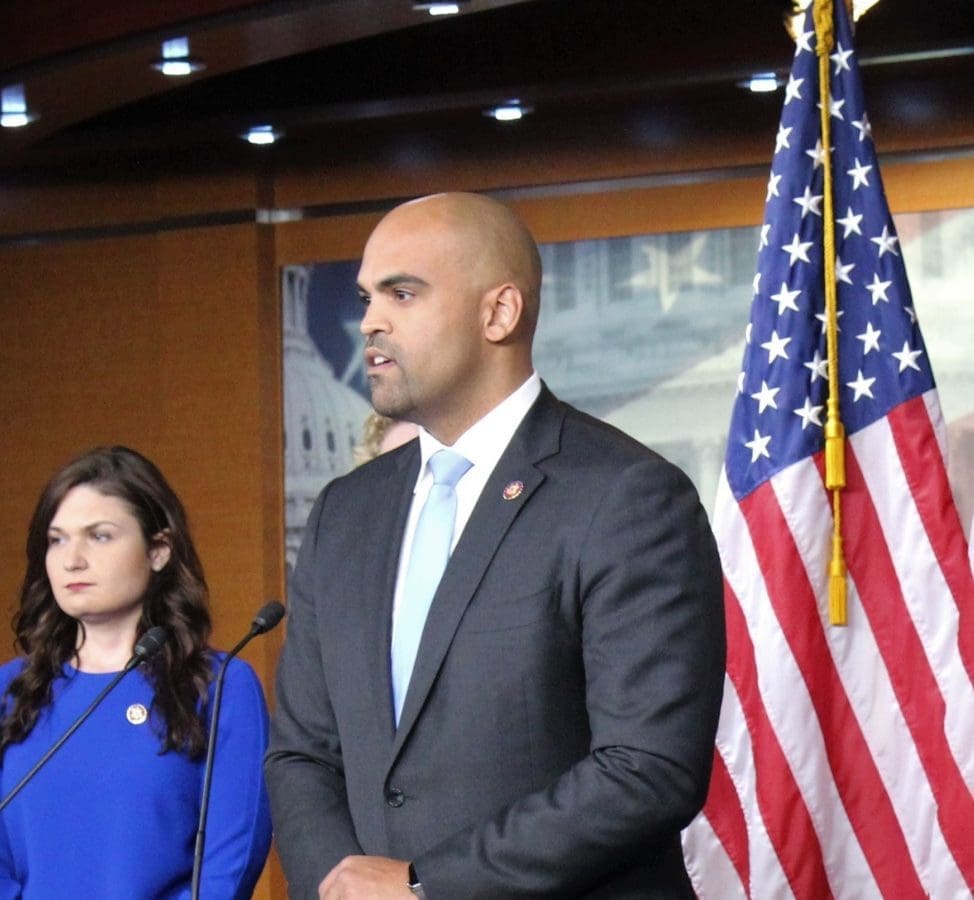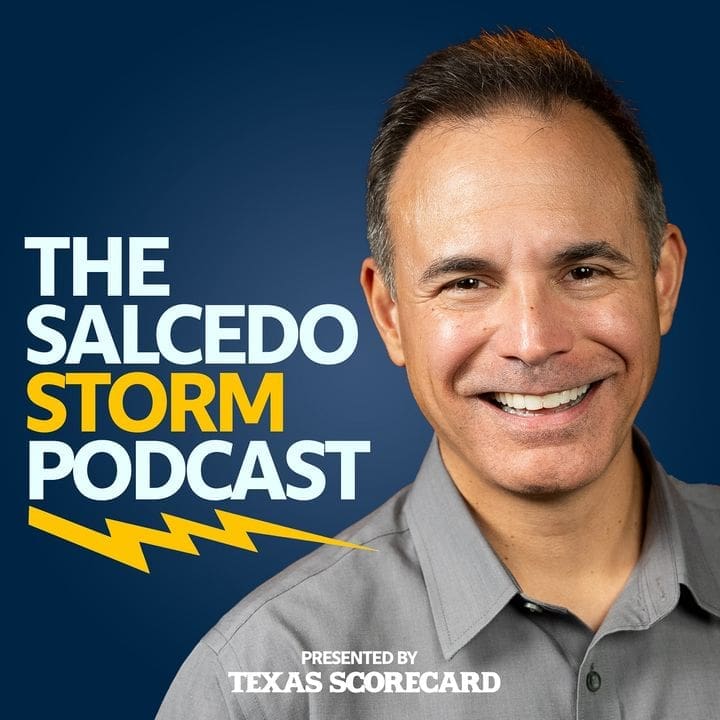This government agency, Child Protective Services (CPS), is the genesis of this problem and others like it. As has been confirmed multiple times, CPS does not know when or under what circumstances it is in the best interest of the child to remove the child from parental custody. All too often, it seems CPS errs on the side of “the parent is guilty of child neglect or abuse” instead of ensuring the protection of the child from the true evil in the world. Unfortunately, from the testimony given last week, there appears to be little or no supervisory oversight to ensure that overzealous case workers are actually working in the best interest of the child.
The sworn affidavit and testimony of the caseworker has several issues. Remember, she testified that she had never seen or talked to the child or anyone with firsthand knowledge of the statements that she swears to be true.
Some of the questionable statements in her affidavit in support of removal, dated June 20, 2019, are: (Her affidavit paragraph titles and numbers are below, in bold.)
3. ALLEGATIONS (page 2)
Essentially, every statement is either untrue, a twisting of a similar statement, or just plain hearsay.
Examples of some of the misstatements:
“… referral alleging the physical abuse of Kaleb by Ashley Pardo.” – No such statement is in the hospital doctor’s affidavit.
“Ashley is displaying behavior associated with Munchausen syndrome by proxy.” – On what basis? The caseworker is not a doctor and has never seen Ashley.
“Ashley convinced a doctor to put in an NG tube … .” – There is no evidence or testimony to support this. How does anyone “convince” a doctor to do a medical procedure against his will?
“Ashley constantly wheels Kaleb around in the wheelchair.” – This statement is not in the hospital doctor’s affidavit, and the caseworker could not possibly have any firsthand knowledge.
“Ashley began telling everyone that Kaleb had epilepsy.” – There is no evidence or testimony to support this statement. Again, the caseworker is swearing this to be true, even though she has never heard Ashley speak.
4. CPS HISTORY (page 4)
This is a particularly outrageous section in which the caseworker uses “allegations” against Ashley’s previous husband—who, it appears, has some real problems—to make it appear to the casual reader that the problems were with the current family; nothing could be further from the truth.
The caseworker began this section with the statement: “The family appears to have previous CPS history” – She then uses four pages to list several law enforcement allegations against Ashley’s first husband; none of which had any finding of neglect or child abuse.
In the second to last sentence of the 05/23/2014 allegation statement, the caseworker makes an outright lie when she states:
“Ashly Pardo said Daniel Pardo struck Ashly Pardo while Ashly Pardo was pregnant with Linzey Pardo.” This could not possibly be true. Ashly and Daniel did not meet until long after Linzey was born.
It appears that the caseworker knew her case against the Pardo family was extremely weak, therefore she chose to include these “red herring” allegations to mislead the court into thinking this was a really bad family with a lot of violent history.
6. CONCLUSION (page 7)
The caseworker misquotes the hospital doctor’s affidavit and makes a statement that is contrary to courtroom testimony. One of the two statements has to be untrue.
“The Reach clinic has provided its findings as highly concerning for medical child abuse.”
The word “highly” is not in the hospital doctor’s affidavit. In fact, in testimony, the hospital doctor made it quite clear that she simply had “some” concerns after a partial review of the child’s medical files, and those concerns were resolved after discussion with the parents. (This discussion took place after the affidavit but before the court hearing.)
“The Department has attempted to identify safe family members or fictive kin with whom the child could be placed as opposed to placement in foster care, however, no such individuals could be found.”
“Reasonable efforts had been made to prevent or eliminate the need for removal of these children from the Prado’s home … .”
In the court hearing, the caseworker could not describe any effort made by CPS to resolve the concerns without removing the child from the home. In fact, her testimony confirmed that the only action CPS pursued was that of an “emergency.” However, the “emergency” was allowed to go on for two weeks between the time the CPS worker put a business card on the family’s door and the time the child was removed—more than ample time for parents to be allowed to address the allegations without further traumatizing the child.
The court hearing testimony and behavior of the caseworker can only be described as strange or bizarre. On almost every question that could be answered with a “yes” or “no,” the caseworker would first look down and appeared to be shuffling through papers, looking for the answer. Then she would look up at the CPS attorney who would be nodding her head in either a “yes” or a “no” movement. The caseworker would then answer accordingly.
Even though there was an exhaustive series of questions asked, the caseworker refused to answer why the first and only official action by CPS had to be an “emergency” order for removal.
The only thing close to an explanation the caseworker would give for refusing to tell the parents or their lawyer the allegations was that she was afraid the parents would run and hide.
It was also quite clear, to me, that the CPS caseworker’s ego led her to take it upon herself to pursue an “emergency” order to show the family’s lawyer that she was from the government and she could do anything to that family that she wanted to do.
In Part 3, we will discuss the role of the hospital/doctor and address the question: If there was abuse, who did the abusing?
Readers can continue to follow Sen. Hall’s commentary on the issue on his Facebook page.
This is a commentary submitted and published with the author’s permission. If you wish to submit a commentary to Texas Scorecard, please submit your article to submission@texasscorecard.com.





